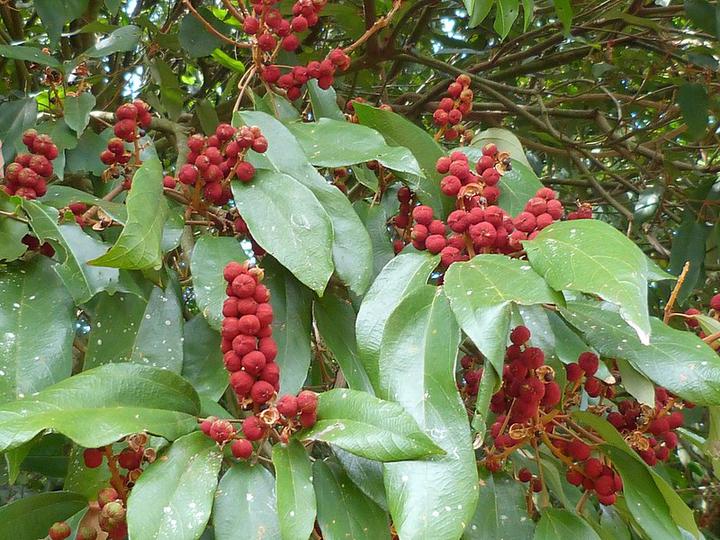Mallotus philippensis (Lam.) Müll. Arg.: A comprehensive review on ethnomedicinal uses
 Image credit: Flickr
Image credit: Flickr
Abstract
Despite advances in biomedical technology, many communities and local people are still dependent on natural and herbal medications. A large number of different ethnic groups like the Tharu, Kani, Garo and other local inhabitants thrive in the Indian subcontinent and other parts of the world. These indigenous people traditionally use Mallotus philippensis (Lam.) Müll. Arg. (Euphorbiaceae) for a variety of medicinal, ritual and economic purposes. Therefore, the present article aims to assess how many various types of disorders are being treated by ethnic groups using formulations prepared from this tree. In addition, we aim to identify the gaps in knowledge and recommend future investigations based upon them. The present analysis based on 83 articles indicated that different ethnic groups are utilising this tree to treat about 142 health ailments that can be broadly categorised into 11 types of disorders. Among these disorder categories, helminthic infestations, dermatological and digestive disorders are most frequently treated with formulations prepared from the tree. Among plant parts, fruits are the most exclusively used component followed by leaves and bark. The usage of fruits as an anthelminthic is widespread and highly cited for both animals and human beings. Thus, the tree can serve as a promising ethnomedicine to treat helminthic infestations, dermatological and digestive problems. Therefore, the cultivation of this medicinal plant should be encouraged in order to promote conservation of this species.